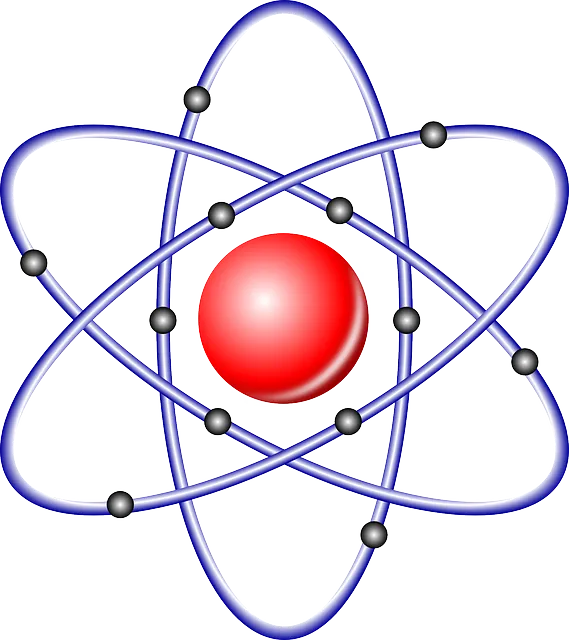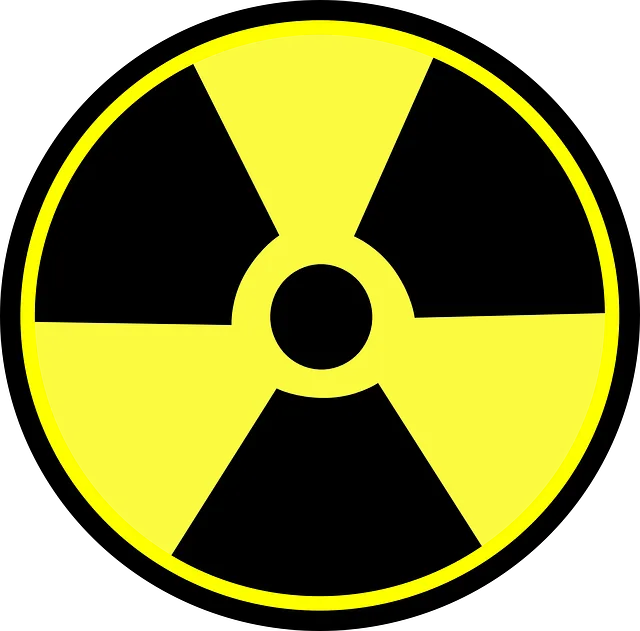
“As an Amazon Associate I earn from qualifying purchases.”
How Much Radiation Are We Really Exposed To?
Understanding the Risks in a World on Edge
With escalating global tensions, the risk of nuclear conflict is once again a concern for many. From the ongoing war in Ukraine to deteriorating U.S.-Russia relations, and China's military posturing, the world is facing a geopolitical landscape where nuclear threats are no longer just Cold War relics. Americans must consider what they can do to protect themselves, and step one is understanding radiation exposure and how to detect it in a crisis.
Radiation Defensive Line
Radiation is a form of energy that exists naturally but can become a serious health hazard in the event of nuclear war, accidents, or even terrorist attacks involving radioactive materials. Radiation comes in two primary forms:
Ionizing Radiation – This high-energy radiation, including X-rays, gamma rays, and radioactive fallout, can remove electrons from atoms, potentially damaging human cells and increasing cancer risks.
Non-Ionizing Radiation – This includes microwaves, radio waves, and visible light. While often a subject of debate, this type of radiation does not cause direct cellular damage in the same way ionizing radiation does.
Everyday Radiation Exposure vs. Nuclear Fallout
In normal circumstances, the average American is exposed to about 6.2 millisieverts (mSv) of radiation annually from both natural and man-made sources. Here’s how that breaks down:
Natural Radiation: Cosmic rays from space, radon gas in homes, and radiation from rocks and soil.
Medical Exposure: X-rays and CT scans, which contribute significantly to our radiation exposure.
Consumer Products: Smoke detectors, some ceramics, and even frequent airline travel expose people to small amounts of radiation.
In contrast, nuclear fallout from a detonation or accident would drastically increase exposure. High doses of ionizing radiation in a short period can cause radiation sickness, DNA damage, and long-term health issues.
The Nuclear Risk Today
With Russia’s veiled threats of using tactical nuclear weapons, the growing nuclear capabilities of North Korea, and China’s expansion of its nuclear arsenal, experts warn that the possibility of a nuclear exchange... whether intentional or accidental... has increased. The ongoing war in Ukraine has heightened concerns about Russia’s willingness to escalate conflicts with nuclear rhetoric.
Moreover, the situation around nuclear power plants in conflict zones, such as the Zaporizhzhia Nuclear Power Plant in Ukraine, raises fears of a catastrophic radiation release. Even a limited nuclear exchange or an attack on a nuclear facility could lead to widespread radioactive contamination, affecting millions.
How to Protect Yourself
While a full-scale nuclear war remains unlikely, we should all take practical steps to protect themselves from radiation risks, both in everyday life and in a crisis situation. The first priority is being able to detect a problem.
Get a Radiation Detector – Devices like Geiger counters and personal dosimeters can help you measure radiation levels in real-time. Many affordable models are available online.
Stay Informed – Follow news updates from trusted sources and government alerts. The U.S. government provides radiation monitoring through the EPA’s RadNet system.
Know Your Shelter Options – In the event of a nuclear explosion, the best protection is distance and shielding. A basement or an interior room with thick walls is preferable.
Stock Up on Potassium Iodide (KI) – This over-the-counter medication can help prevent radioactive iodine from accumulating in your thyroid if exposed to fallout. Get Potassium Iodide on Amazon!
Understand Fallout Patterns – Nuclear explosions create radioactive fallout that can travel hundreds of miles. The prevailing wind direction will determine which areas are most affected.
Filter Your Air and Water – In a crisis, having HEPA air filters and water filtration systems can help reduce exposure to airborne and ingested radioactive particles.
Limit Unnecessary Medical Radiation – While CT scans and X-rays are valuable diagnostic tools, minimizing unnecessary scans reduces long-term exposure.
Conclusion
Radiation exposure is an unavoidable part of life, but in a time of heightened nuclear tensions, understanding how much radiation we are exposed to and how to detect and mitigate risks is more critical than ever. Whether it's ensuring you are prepared for a nuclear event or simply being aware of your everyday exposure, knowledge is your first line of defense.
While the chances of a nuclear exchange remain low, Americans should not be complacent. With world powers on edge, it is essential to stay informed, have detection tools at hand, and be prepared for any scenario that could lead to increased radiation exposure. Preparation today could mean survival tomorrow.
DETECT NUCLEAR RADIATION
AD
Disposable
Made in the USA
Shelf-life up to 10 years by storing in freezer.
Once removed, usable life of two years.
No batteries or calibration needed
Impervious to an EMP
Wi-Fi Logging
Real-Time Radiation
Detection Dose Range: 0 ~ 42500 uSv/h
Built-in WiFi
FREE World-Wide Online History Map
Outdoor Rated
Real-Time Radiation
Detection range: 0.05~999.0 mcSv/hr
USB to PC: Data Recording / Charting Software (Windows only)
PROTECT NUCLEAR RADIATION
AD
BOOKS ON RADIATION
AD
Handbook for Survival
This is Dr. Brodsky's 9th book with data and information for protecting health and saving lives. It condenses his 2011 book into life-saving information easily followed by any member of the public. PAPERBACK & KINDLE
Radiation Exposure
Why should you read this book? Because It is your best guide to surviving exposure to radiation. What will you learn? The basis of Radiation, Types Exposure and contamination, Effects, Guidelines PAPERBACK & KINDLE
Radiation Survival
It is likely after reading this book, you will know as much about potential neutralization and decontamination remedies as most disaster personnel. PAPERBACK & KINDLE

© HowMuchRadiation.com
